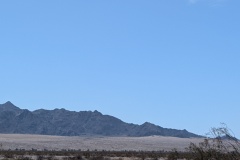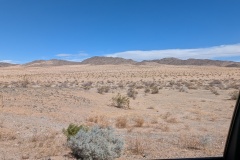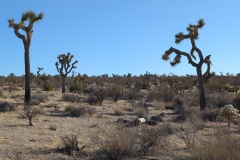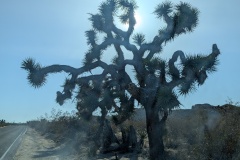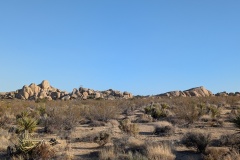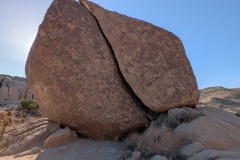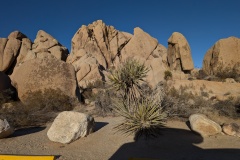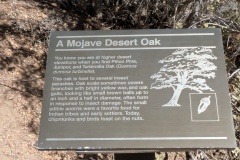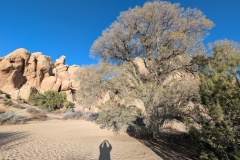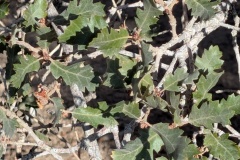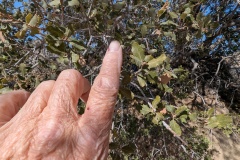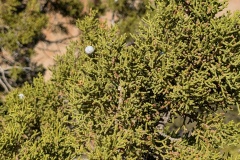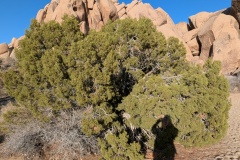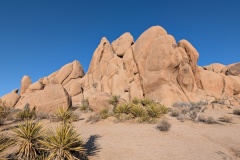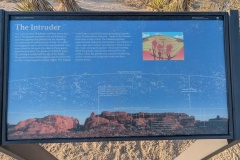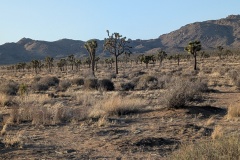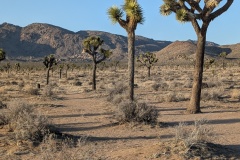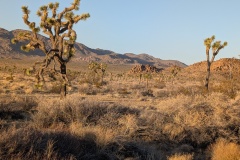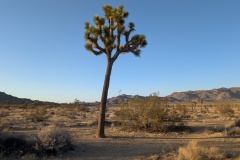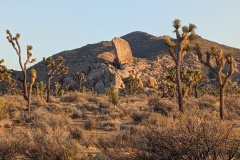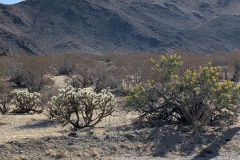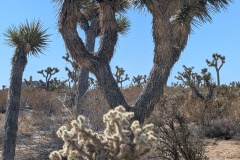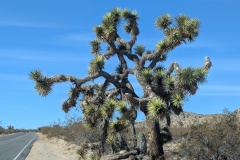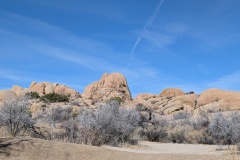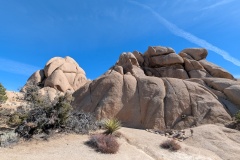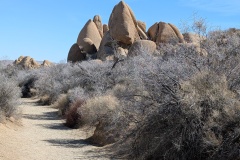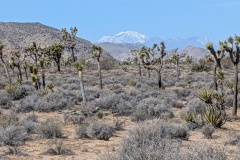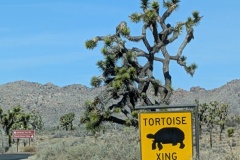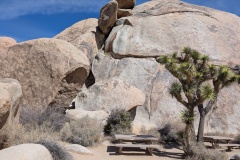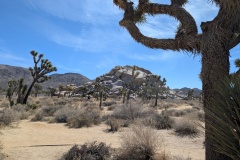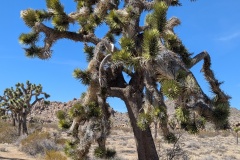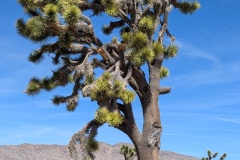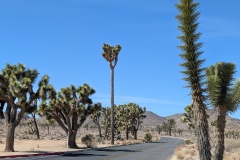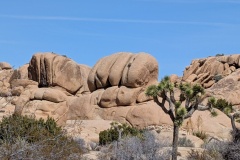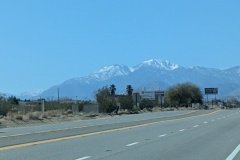March 3rd – 4th
I left Lake Havasu and headed west towards Santa Barbara. But I couldn’t resist going to Joshua Tree NP, so I stopped there. I stayed in a nearby casino because there were no RV sites available. So as soon as I got to the casino, I parked my trailer (free, no utilities) and headed into the park. I had about 3 hours of daylight. I have been to JT several times, and always enjoy it. I drove the main road all through the park, made a lot of stops and took a lot of photos, and ended up on the north side on 29 Palms Hwy. It was dark when I got back to the casino.
The next morning, I went back into the park and took some side roads and walking trails to see some more interesting things. Got back to the casino and left around 1pm, heading to Simi Valley on the way to Santa Barbara. It was dark when I got there and I only stayed one night.
This video shows the Joshua Tree “forest” – but the trees are not close together because this is still desert! The sun was setting so I tried to capture that too.
About Joshua Trees
These unique trees have a fairly limited range within the Mojave Desert of California, Nevada, Utah, and Arizona. They only grow between elevations of 2,000 and 6,000 feet. Yucca brevifolia, otherwise known as the Joshua Tree, is a species belonging to the yucca genus. Joshua Trees are actually the world’s largest yucca in the world. They are sometimes called yucca palms, tree yuccas, or palm tree yuccas. It also bears the Spanish name izote de desierto, which means “desert dagger.”
Click here if you want to know more about Joshua Trees.
